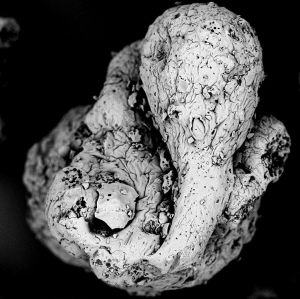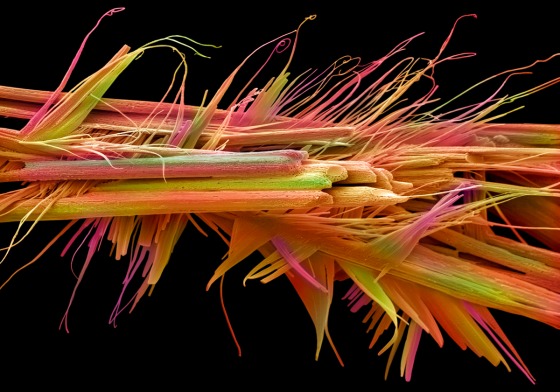 |
| This false-coloured scanning electron micrograph (SEM) shows caffeine crystals. Photo by Annie Cavanagh, Wellcome Images |
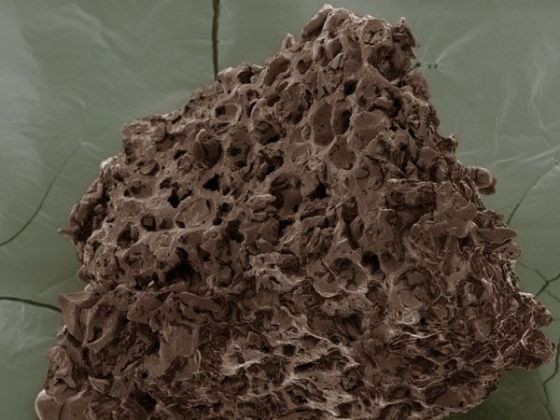 |
Ground Coffee
by Maria Carbajo, FEI
|
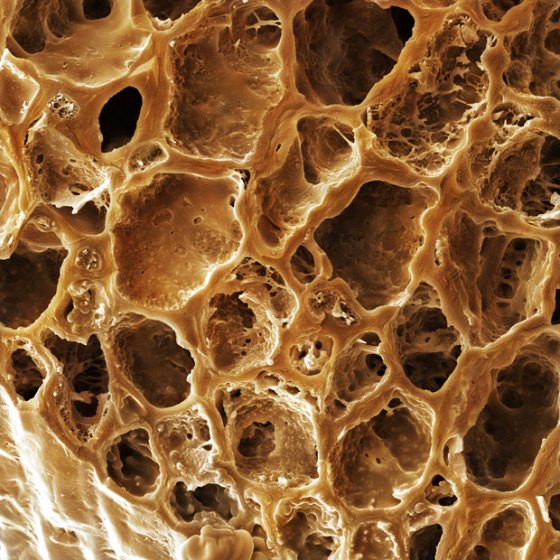 |
A coloured scanning electron micrograph of a roasted coffee bean Picture: SPL / Barcroft Media
|
Back in 2013 Nestle's in-house food scientists produced photographs of microscopic food particles that in their words "reveal hidden worlds in everyday products", and published them on their Flickr page. https://www.flickr.com/photos/nestle/sets/72157646848720320 Below are what they found when focusing on coffee particles.
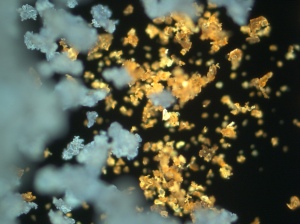 |
| These glittering flakes are particles of sucralose (a non-caloric sweetener) and roast and ground coffee. |
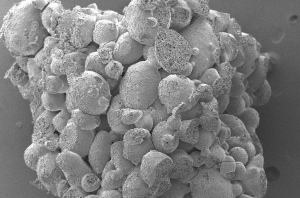 |
"This image of freeze-dried coffee reveals its ‘micro gas’ cells and cavities.
When the cavities come into contact with hot water, they create ‘crema’, a naturally formed foam of coffee and air."
|
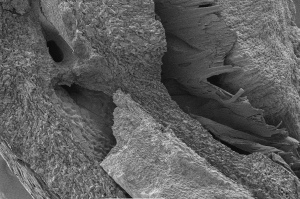 |
"What looks like a cave network is really the interior of a green coffee bean.
Changes that occur to a coffee bean’s internal structure during roasting can have an impact on its overall quality."
|
 |
"A meteorite shower?
We’d say it’s more of a storm in a tea cup…
These are particles of spray-dried instant coffee, with entrapped pieces of finely-ground roast coffee."
|
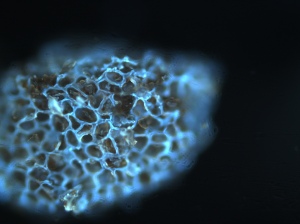 |
| "It could be a piece of coral. In fact it’s the cell structure of roast and ground coffee." |
Links
CoffeeGuru features over 7,000 independent coffeehouses in the US, Canada, UK and Ireland. Download the app here: https://itunes.apple.com/us/app/coffeeguru-indie-coffeehouses/id547969523?mt=8
